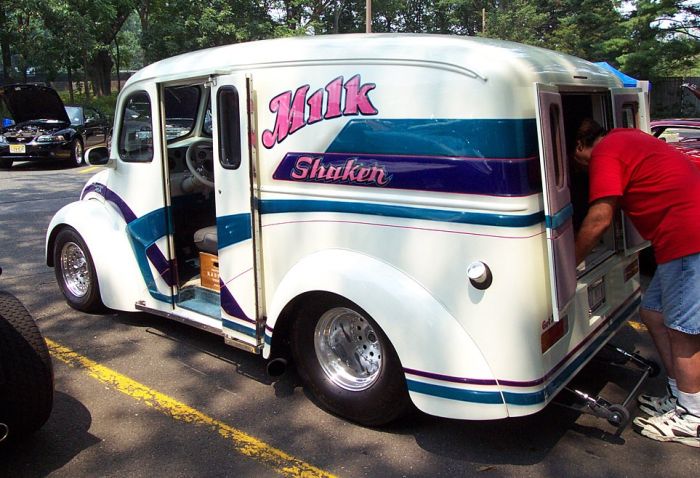|
|
American Automobile Industry
|
In 2005, oil prices began rising and peaked in 2008. With the American automakers heavily dependent upon the gas-guzzling light truck sales for their profits, their sales fell sharply. In addition, during the 2000s, the finance subsidiaries of the Big Three became of increasing importance to their overall profitability (and their eventual downfall). General Motors Acceptance Corporation, the GM finance division, began making home mortgage loans, especially subprime loans. With the subsequent collapse of the subprime mortgage industry, GM suffered heavy losses.
By 2008 the Big Three were in weak financial condition and the beginning of an economic recession and the financial crisis resulted in the automakers looking to the federal government for help. Ford was in the best position, as under new CEO Alan Mulally they had fortuitously raised $23 billion in cash in 2006 by mortgaging most of their assets. Chrysler, purchased in 2007 by a private equity firm, had weak financial backing, was the most heavily dependent on light truck sales, and had few new products in their pipeline. General Motors was highly leveraged, also heavily dependent on light truck sales, and burdened by high health care costs.
The CEOs of the Big Three requested government aid in November 2008, but sentiment in Congress was against the automakers, especially after it was revealed that they had flown to Washington D.C. on their private corporate jets. In December 2008, President Bush gave $17.4 billion to GM and Chrysler from the Troubled Asset Relief Program program as temporary relief for their cashflow problems. Several months later, President Obama formed the Automotive Task Force to decide how to handle GM and Chrysler. Chrysler received a total of $12.5 billion in TARP funds and entered Chapter 11 bankruptcy in April 2009. Automaker Fiat was given management control and a 20% ownership stake (adjusted to 35% under certain conditions), the U.S. and Canadian governments were given a 10% holding, and the remaining ownership was given to a Voluntary Employee Beneficiary Association (VEBA), which was a trust fund established to administer employee health care benefits. The Automotive Task Force requested that GM CEO Rick Wagoner resign (although he was replaced by another long-time GM executive, Frederick Henderson). GM received a total of $49.5 billion in TARP finds and entered Chapter 11 bankruptcy in June 2009. The U.S. and Canadian governments received a 72.5% ownership stake, a VEBA received 17.5%, and the unsecured creditors received 10%. As part of the bailout GM and Chrysler closed numerous production plants, and eliminated hundreds of dealerships and thousands of jobs. They also required a number of major labor union concessions. GM also sold or eliminated four of their brands: Pontiac, Hummer, Saturn Corporation, and Saab. In addition to the $62 billion that the automakers received from TARP, their financing arms, GMAC and Chrysler Financial received an additional $17.8 billion.
Ford did not request any government assistance, but as part of their downsizing sold Volvo in 2010. (They had previously sold Aston Martin in 2007, and Land Rover and Jaguar Cars in 2008). Under the Advanced Technology Vehicles Manufacturing Loan Program Ford borrowed $5.9 billion to help their vehicles meet higher mileage requirements.
|
|









